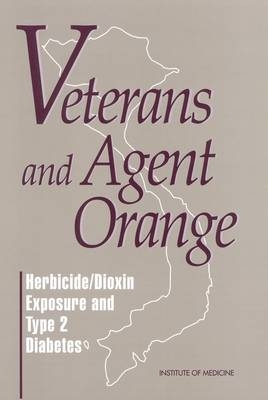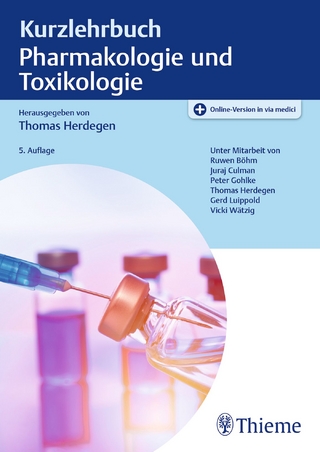
Veterans and Agent Orange
Herbicide/Dioxin Exposure and Type 2 Diabetes
Seiten
2000
National Academies Press (Verlag)
978-0-309-07198-7 (ISBN)
National Academies Press (Verlag)
978-0-309-07198-7 (ISBN)
In response to the concerns voiced by Vietnam veterans and their families, Congress called upon the National Academy of Sciences (NAS) to review the scientific evidence on the possible health effects of exposure to Agent Orange and other herbicides. This call resulted in the creation of the first NAS Institute of Medicine Committee to Review the Health Effects in Vietnam Veterans of Exposure to Herbicides in 1992. The committee published its initial findings in the 1994 report Veterans and Agent Orange: Health Effects of Herbicides Used in Vietnam. This report is the result of a 1999 request from the Department of Veterans Affairs (DVA) under the aegis of the Veterans and Agent Orange research program. Specifically, DVA asked the committee to examine evidence regarding the association, if any, between Type 2 diabetes and exposure to dioxin and other chemical compounds in herbicides used in Vietnam. Veterans and Agent Orange: Herbicide/Dioxin Exposure and Type 2 Diabetes reviews the scientific evidence regarding the association, if any, between Type 2 diabetes1 and exposure to dioxin2 and other chemical compounds in herbicides used in Vietnam.
This report examines, to the extent that available data permitted meaningful determinations, (1) whether a statistical association with herbicide exposure exists, taking into account the strength of the scientific evidence and the appropriateness of the statistical and epidemiologic methods used to detect the association; (2) the increased risk of the disease among those exposed to herbicides during Vietnam service; and (3) whether there is a plausible biological mechanism or other evidence of a causal relationship between herbicide exposure and the disease.
This report examines, to the extent that available data permitted meaningful determinations, (1) whether a statistical association with herbicide exposure exists, taking into account the strength of the scientific evidence and the appropriateness of the statistical and epidemiologic methods used to detect the association; (2) the increased risk of the disease among those exposed to herbicides during Vietnam service; and (3) whether there is a plausible biological mechanism or other evidence of a causal relationship between herbicide exposure and the disease.
Committee to Review the Evidence Regarding the Link Between Exposure to Agent Orange and Diabetes, Division of Health Promotion and Disease Prevention
1 Front Matter; 2 Executive Summary; 3 Conclusions; 4 Appendix A: Summary of Workshops on the Evidence Regarding a Link Between Exposure to Agent Orange and Diabetes; 5 Appendix B: Excerpts from the Discussion of Type 2 Diabetes in Veterans and Agent Orange Update 1998; 6 Appendix C: Committee and Staff Biographies
| Erscheint lt. Verlag | 30.11.2000 |
|---|---|
| Verlagsort | Washington |
| Sprache | englisch |
| Maße | 152 x 229 mm |
| Themenwelt | Medizin / Pharmazie ► Medizinische Fachgebiete ► Arbeits- / Sozial- / Umweltmedizin |
| Studium ► 2. Studienabschnitt (Klinik) ► Pharmakologie / Toxikologie | |
| Sozialwissenschaften ► Politik / Verwaltung | |
| ISBN-10 | 0-309-07198-4 / 0309071984 |
| ISBN-13 | 978-0-309-07198-7 / 9780309071987 |
| Zustand | Neuware |
| Haben Sie eine Frage zum Produkt? |
Mehr entdecken
aus dem Bereich
aus dem Bereich
Buch | Hardcover (2024)
Thomas Karow (Verlag)
CHF 79,95
Buch | Hardcover (2022)
Urban & Fischer in Elsevier (Verlag)
CHF 138,60


